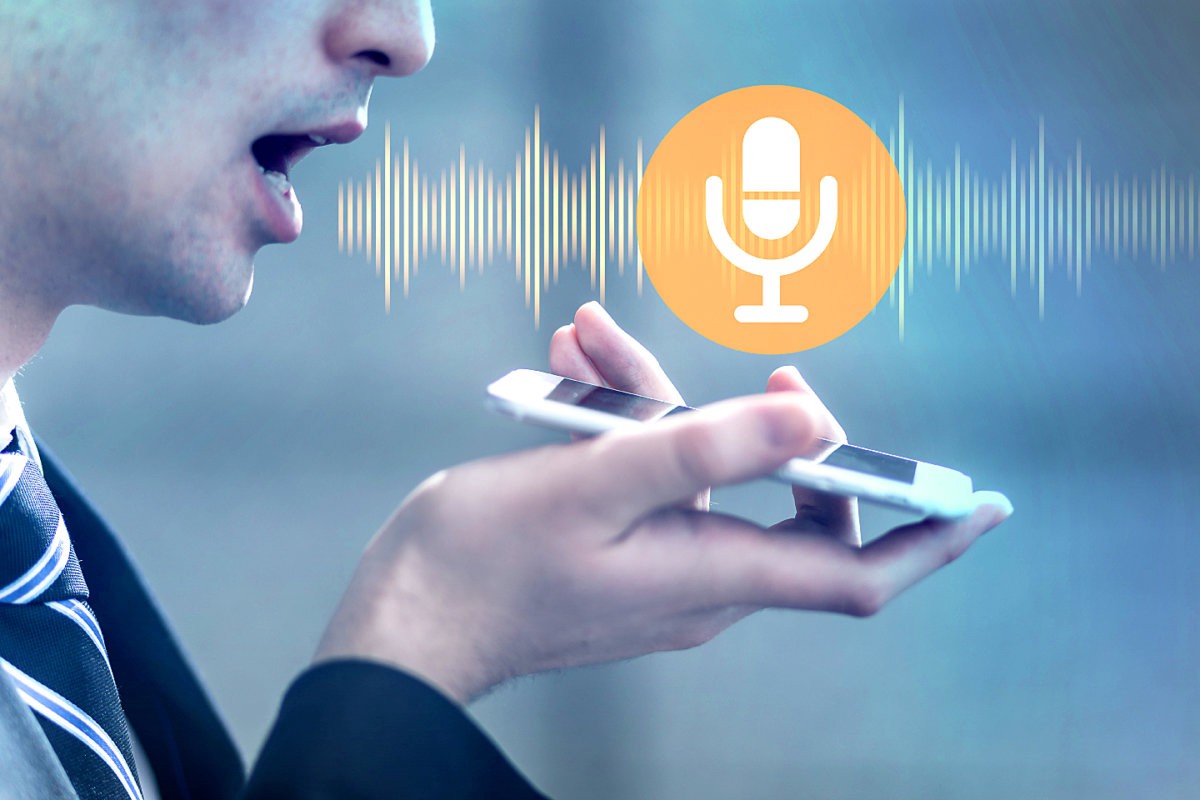Hey there! Let’s chat about something that’s changing the game in think tanks and research institutions – speech recognition technology https://lingvanex.com/. It’s like having a digital assistant that not only listens but also writes down every word you say. This tech is doing wonders in streamlining work processes, making life easier for researchers and analysts.
Turning Talk into Text
Picture this: a researcher or analyst is brimming with ideas after a brainstorming session. Instead of typing out all those thoughts, they just speak, and voilà – their words are transformed into text in real-time. Speech recognition is making note-taking a breeze, leaving more time for the actual thinking part.
Meetings Made More Productive
Meetings are a big deal in think tanks. They’re where ideas are born and decisions are made. Speech recognition technology can transcribe these meetings, making sure no brilliant idea gets lost in the shuffle. It’s like having a silent secretary in every meeting, diligently taking notes.
Speeding Up Research
Research involves tons of reading and writing. Speech recognition https://lingvanex.com/translation/english-to-japanese speeds up this process. Researchers can dictate their analyses or summaries of articles instead of typing them out. It’s faster, more efficient, and kinder on the wrists!
Bridging the Language Gap
Many think tanks work internationally, which means dealing with multiple languages. Some speech recognition tools can transcribe and translate simultaneously. This feature is super handy for international collaborations, making communication smooth and effortless.
Enhancing Accessibility
Speech recognition is also a big win for accessibility. For researchers with physical disabilities that make typing difficult, this technology is a game changer. It ensures that everyone in the think tank can contribute their insights and expertise, no matter their physical abilities.
Boosting Productivity
Think tanks are all about productivity and efficiency. By automating the mundane part of the job (like typing), speech recognition allows researchers to focus on what they do best – thinking, analyzing, and innovating. It’s like shifting gears from manual to automatic in the workflow process.
The Human Touch Still Matters
While speech recognition is awesome, it’s not a complete replacement for human touch. It works best when combined with human analysis and editing, ensuring that the nuances and complexities of research are accurately captured.
In Conclusion
Speech recognition technology is like a silent partner in think tanks, helping streamline various processes from note-taking to international collaborations. It’s making research more efficient, inclusive, and accessible. As this technology continues to evolve, it’s exciting to think about how it will further shape the future of research and idea generation. So, here’s to a future where the best ideas are just a conversation away!




